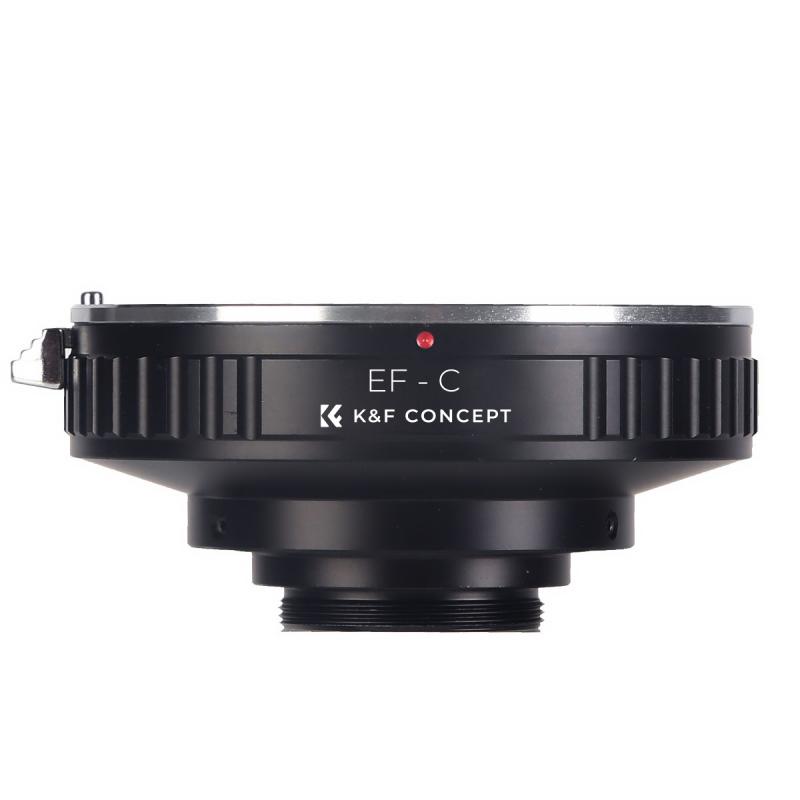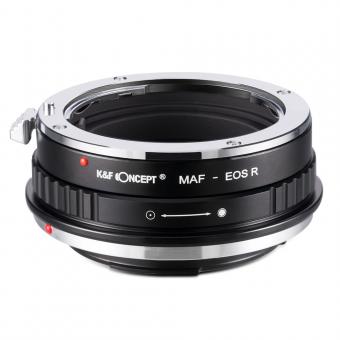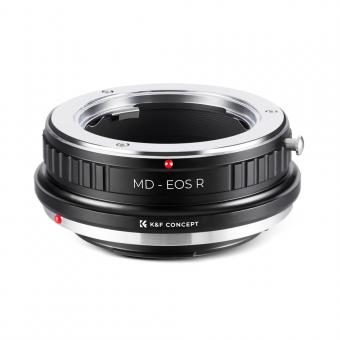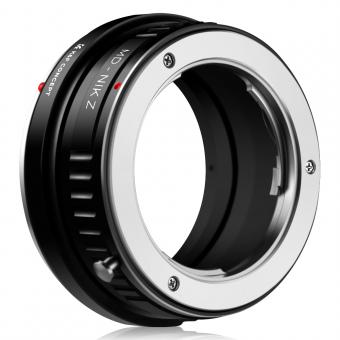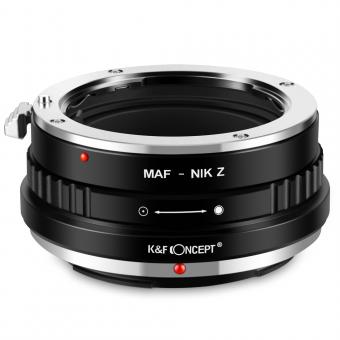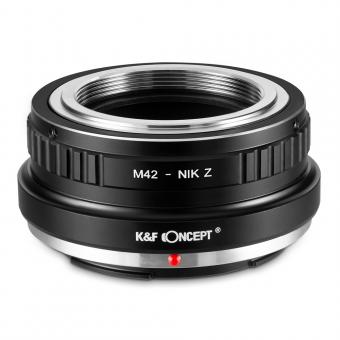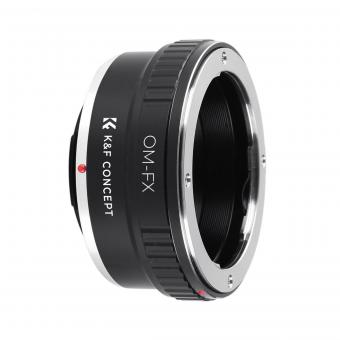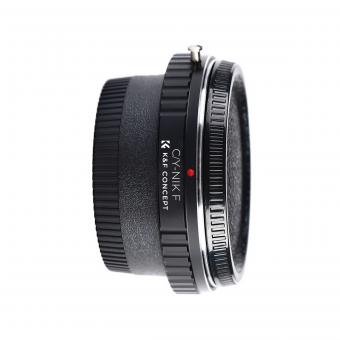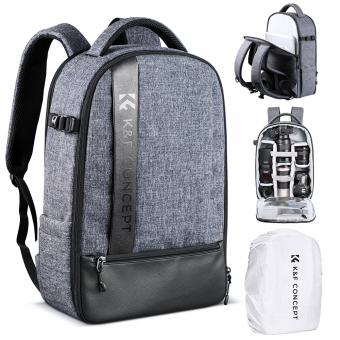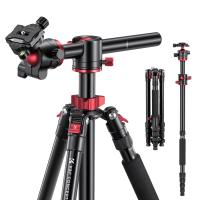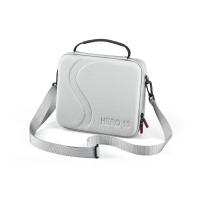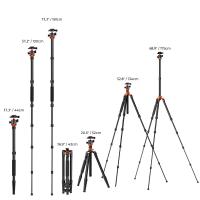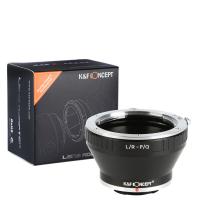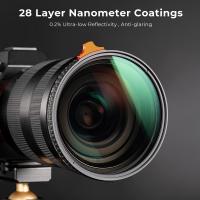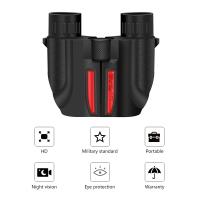What Are Prime Lenses ?
Prime lenses are camera lenses with a fixed focal length, meaning they do not have zoom capabilities. They have a single focal length, such as 50mm or 85mm, and cannot be adjusted to zoom in or out. Prime lenses are known for their high image quality, wide maximum aperture, and compact size. They are often preferred by photographers for their ability to produce sharp and clear images, as well as their ability to create a shallow depth of field and achieve a beautiful bokeh effect. Prime lenses are commonly used in various genres of photography, including portrait, street, and landscape photography, as well as in low-light situations where their wide aperture allows for better light gathering.
1、 Definition and Characteristics of Prime Lenses
Prime lenses are a type of camera lens that have a fixed focal length, meaning they cannot zoom in or out. They are also commonly referred to as fixed focal length lenses. Unlike zoom lenses, which offer versatility in adjusting the focal length, prime lenses have a single focal length, such as 35mm, 50mm, or 85mm.
The main characteristic of prime lenses is their ability to provide superior image quality compared to zoom lenses. This is because prime lenses are designed with a simpler optical construction, resulting in fewer lens elements and reduced aberrations. As a result, prime lenses often produce sharper images with better contrast and less distortion.
Another advantage of prime lenses is their wider maximum aperture. Most prime lenses have a maximum aperture of f/1.8, f/1.4, or even wider. This wider aperture allows for more light to enter the lens, enabling faster shutter speeds and better low-light performance. It also allows for a shallower depth of field, which can be used creatively to isolate subjects and create a pleasing background blur, also known as bokeh.
Prime lenses are favored by many professional photographers and enthusiasts for their image quality, low-light capabilities, and creative possibilities. They are commonly used in portrait photography, street photography, and other genres where image quality and control over depth of field are crucial.
In recent years, prime lenses have gained even more popularity due to the rise of mirrorless cameras. Mirrorless systems offer smaller and lighter camera bodies, making prime lenses a more portable and convenient option for photographers on the go. Additionally, advancements in lens technology have led to the development of high-quality prime lenses with wider focal lengths, catering to a wider range of photographic needs.
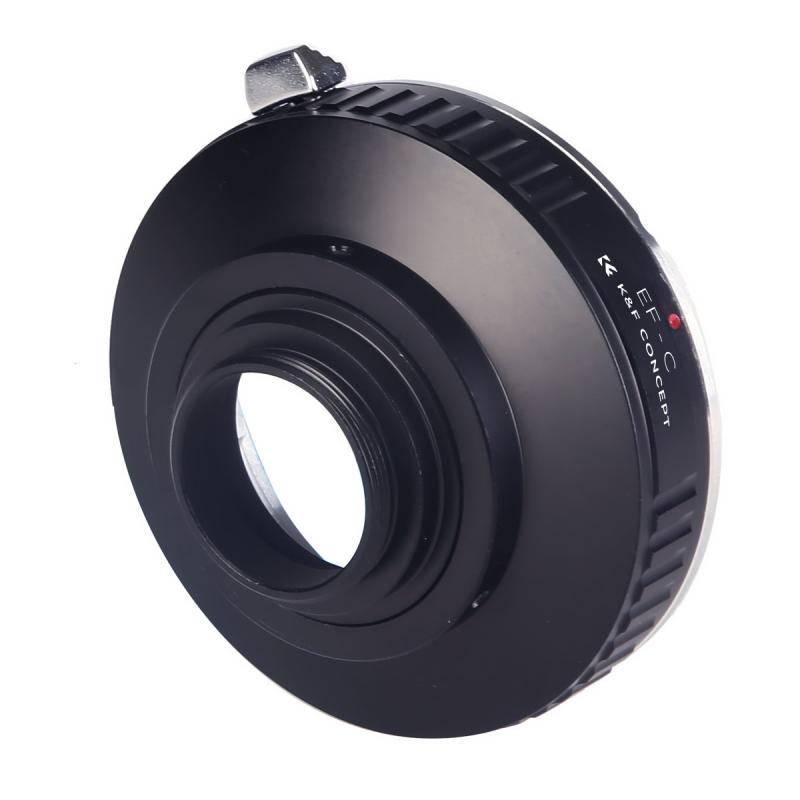
2、 Advantages of Prime Lenses over Zoom Lenses
Prime lenses are lenses with a fixed focal length, meaning they have a single, specific focal length and cannot zoom in or out. They are often favored by professional photographers and enthusiasts for their numerous advantages over zoom lenses.
One of the main advantages of prime lenses is their superior image quality. Since they have a fixed focal length, prime lenses are designed to optimize image sharpness, contrast, and overall quality at that specific focal length. This results in images that are generally sharper and have less distortion compared to zoom lenses, which have to compromise on image quality to accommodate a range of focal lengths.
Another advantage of prime lenses is their wider maximum aperture. Prime lenses typically have larger maximum apertures, such as f/1.8 or even wider, allowing for better low-light performance and the ability to achieve a shallow depth of field. This wider aperture also enables faster shutter speeds, making prime lenses ideal for capturing fast-moving subjects or shooting in challenging lighting conditions.
Prime lenses are also generally smaller, lighter, and more compact than zoom lenses. This makes them easier to carry around and less cumbersome to use, especially for photographers who are constantly on the move. Additionally, prime lenses often have simpler internal mechanisms, resulting in faster autofocus performance and smoother manual focus control.
In recent years, prime lenses have gained even more popularity due to advancements in technology. Many prime lenses now come with advanced features such as image stabilization, weather sealing, and improved lens coatings, further enhancing their performance and versatility.
Overall, prime lenses offer superior image quality, wider maximum apertures, compact size, and improved performance, making them a preferred choice for many photographers. While they lack the convenience of zooming, their advantages make them a valuable tool in a photographer's arsenal.
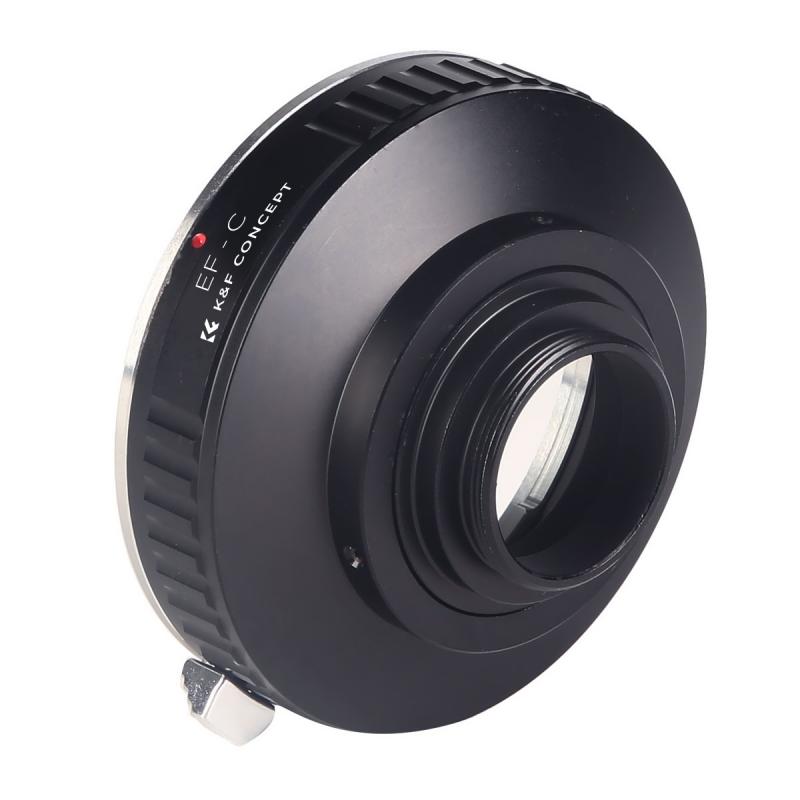
3、 Different Focal Lengths and Applications of Prime Lenses
Prime lenses are lenses with a fixed focal length, meaning they do not have the ability to zoom in or out. They are often referred to as "prime" because they are considered to be the primary lens in a photographer's kit. Prime lenses are known for their superior image quality, wide maximum apertures, and compact size.
Different prime lenses come in various focal lengths, ranging from wide-angle to telephoto. Wide-angle prime lenses typically have a focal length of 24mm or less, allowing photographers to capture a wider field of view. These lenses are commonly used in landscape and architectural photography, as they can capture more of the scene in a single frame.
Standard prime lenses, with focal lengths between 35mm and 50mm, are often considered the most versatile. They closely resemble the human eye's perspective, making them suitable for a wide range of applications, including street photography, portraits, and everyday shooting.
Telephoto prime lenses have focal lengths greater than 50mm and are used for capturing subjects at a distance. They are popular among wildlife and sports photographers, as they allow for close-up shots without physically getting too close to the subject.
Prime lenses are favored by many photographers due to their wide maximum apertures, which allow for better low-light performance and the ability to achieve a shallow depth of field. This creates a pleasing background blur, also known as bokeh, which can help isolate the subject and create a more visually appealing image.
In recent years, prime lenses have gained popularity among both professional and amateur photographers. Their compact size and lightweight nature make them ideal for travel and street photography. Additionally, advancements in lens technology have led to improved image quality and increased versatility, making prime lenses a valuable tool in any photographer's arsenal.
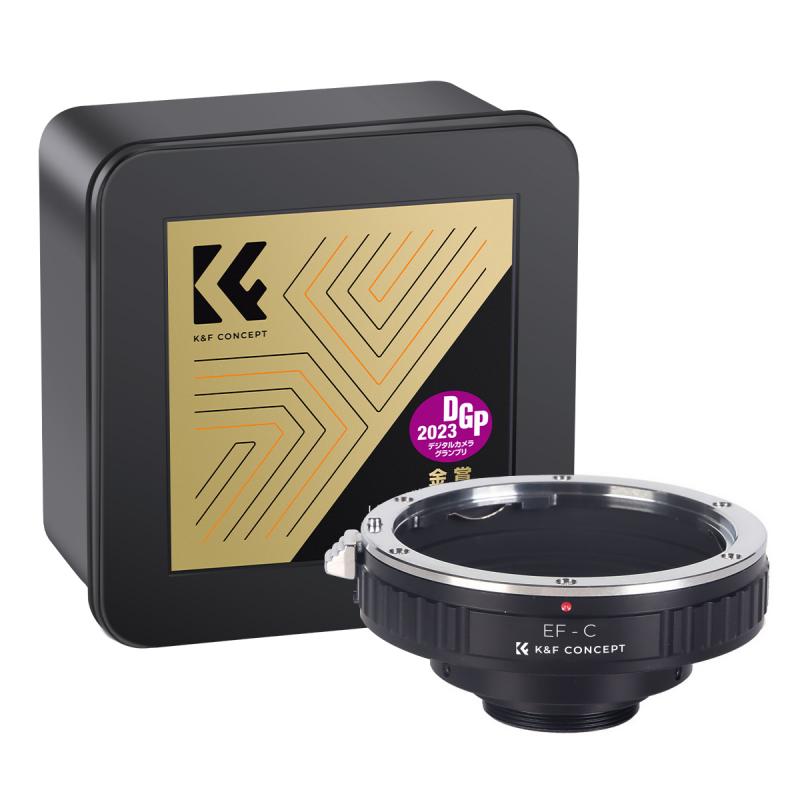
4、 Prime Lens Construction and Optical Design
Prime lenses are a type of camera lens that have a fixed focal length, meaning they cannot zoom in or out. They are also known as fixed focal length lenses. Prime lenses are designed to provide superior image quality and are highly regarded by professional photographers and enthusiasts alike.
Prime lenses are constructed differently from zoom lenses, which have multiple focal lengths. They are typically simpler in design, with fewer moving parts, and this simplicity often results in better optical performance. The absence of zooming capabilities allows prime lenses to be more compact and lightweight compared to zoom lenses.
The optical design of prime lenses is optimized for a specific focal length, which allows for better control over various aspects of image quality, such as sharpness, contrast, and distortion. Prime lenses are known for their ability to produce images with excellent sharpness and clarity, as well as a shallow depth of field, which can create a pleasing background blur or bokeh effect.
In recent years, prime lenses have gained popularity due to advancements in lens technology and the increasing demand for high-resolution images. Manufacturers have been introducing new prime lenses with wider apertures, improved autofocus systems, and enhanced optical coatings to minimize lens flare and chromatic aberrations.
Prime lenses offer photographers the advantage of a fixed focal length, which encourages creativity and forces them to think more about composition and framing. They are also often favored for their ability to perform well in low-light conditions, thanks to their wider maximum apertures.
Overall, prime lenses are a valuable tool for photographers who prioritize image quality, creative control, and portability.
